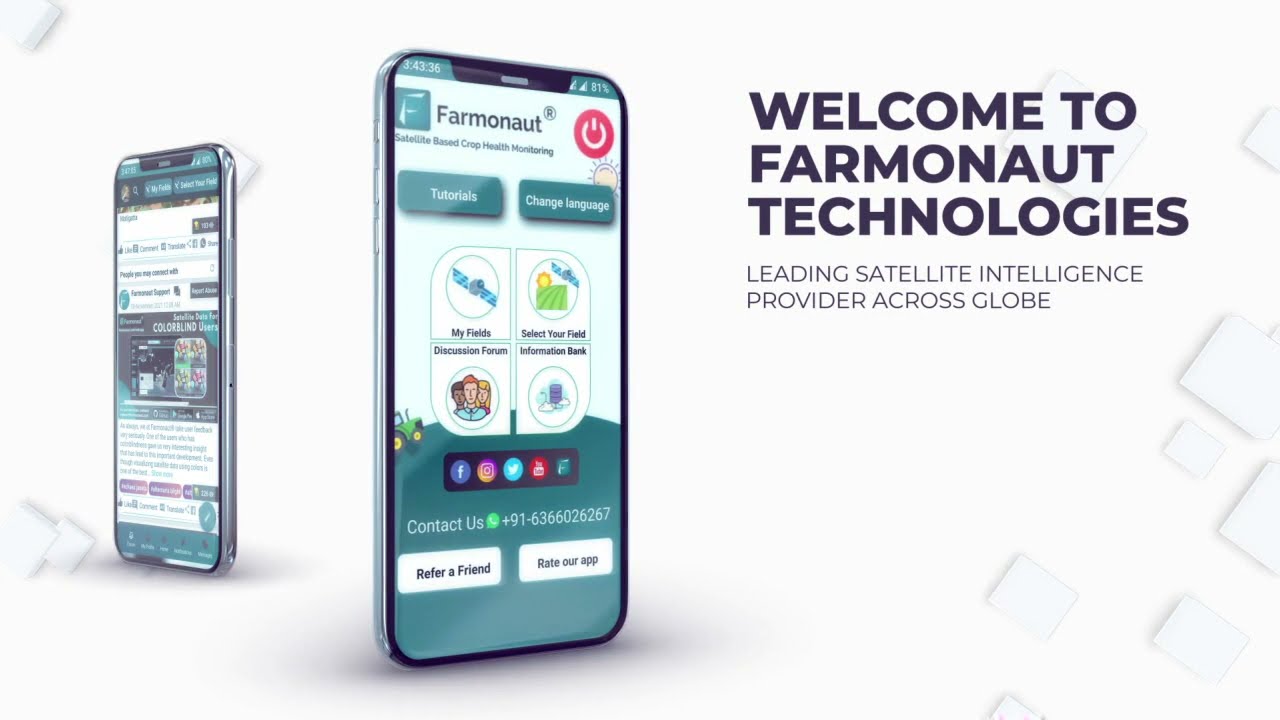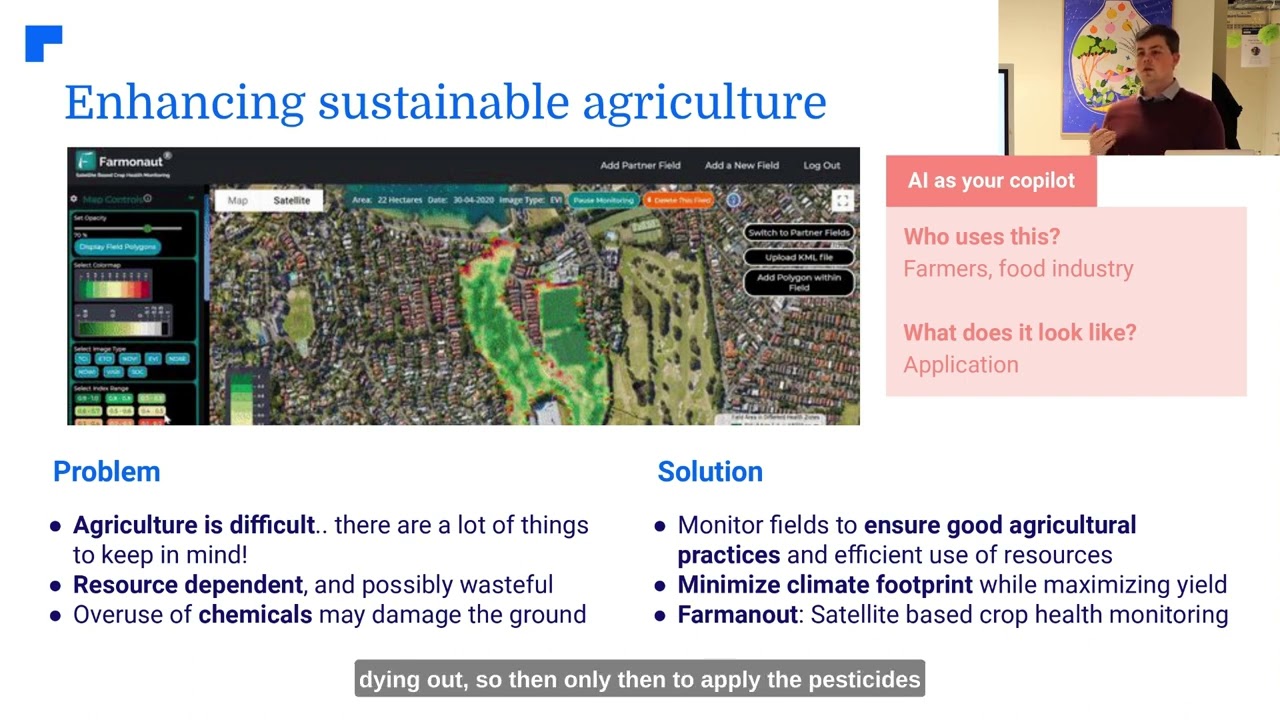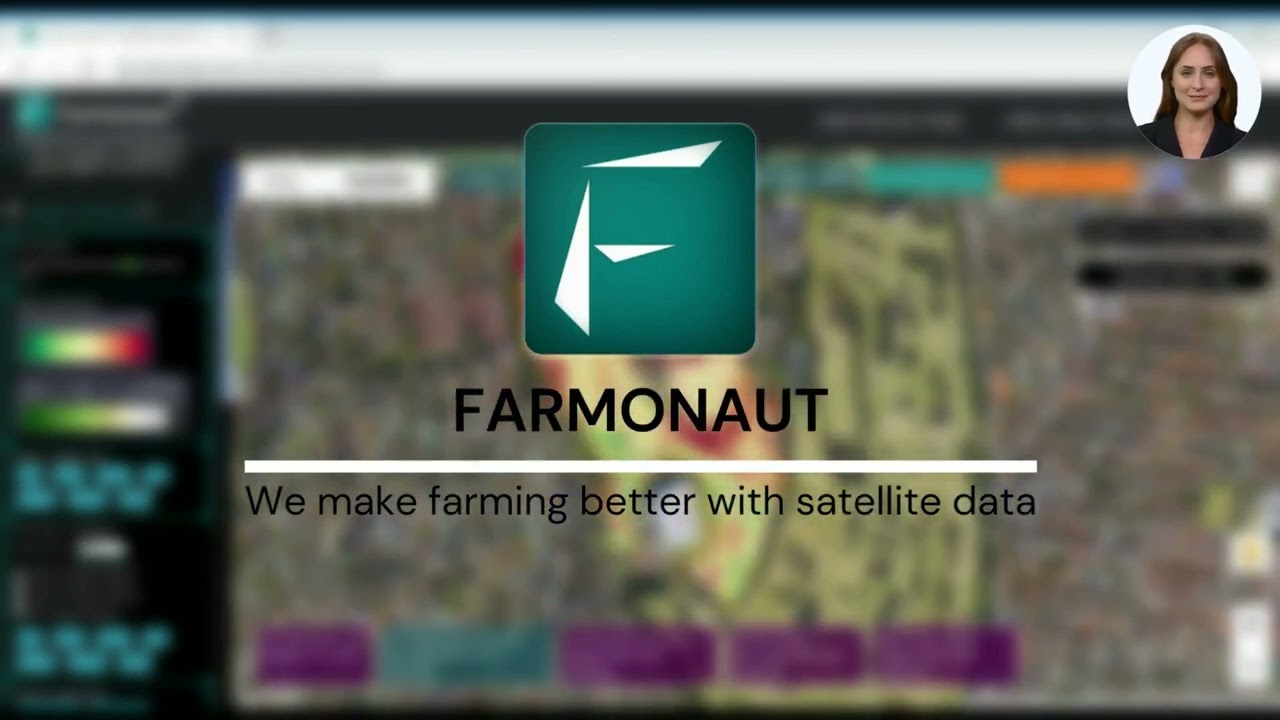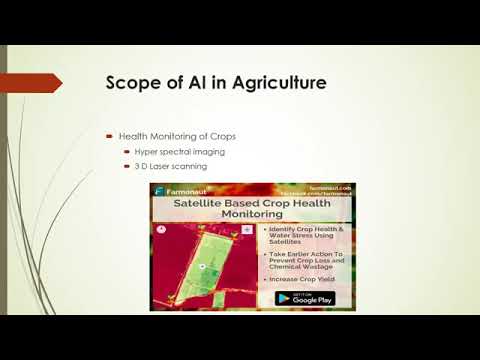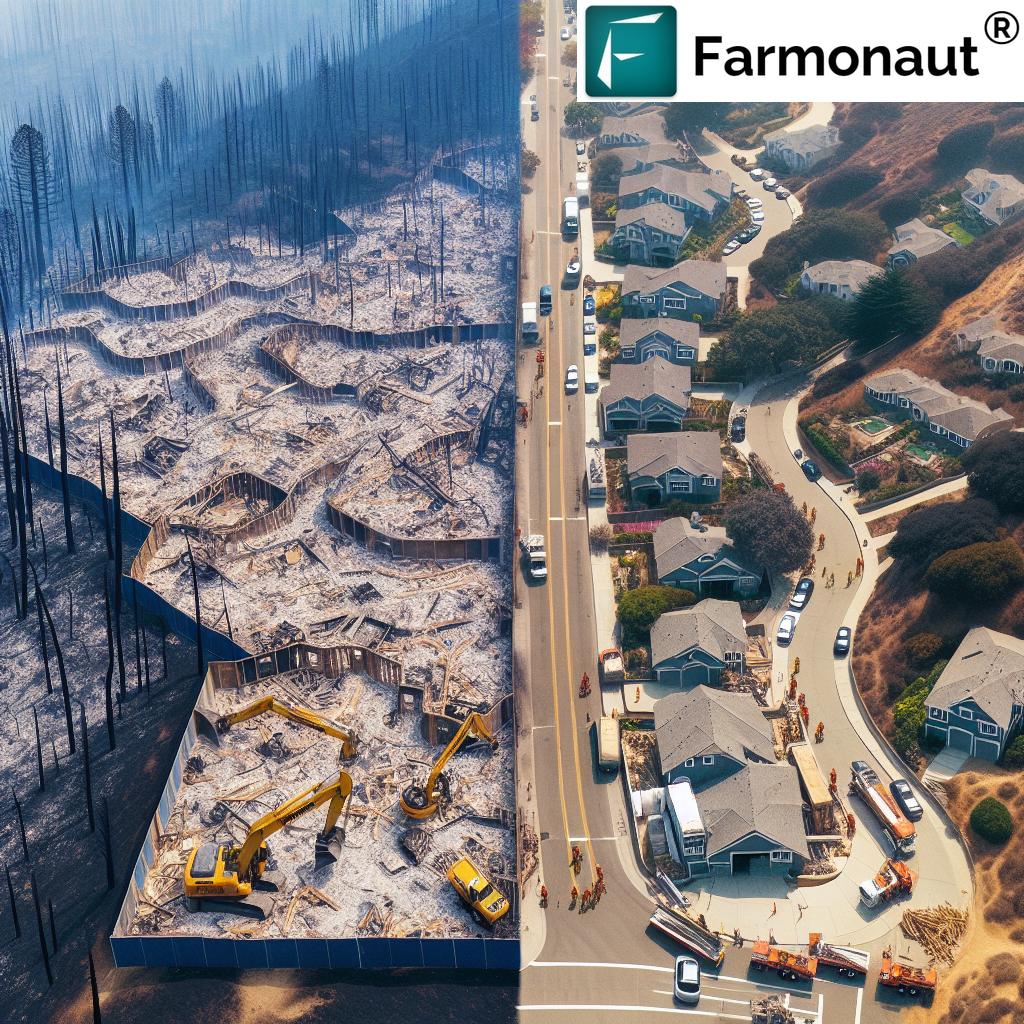Inspiring Environmental Champions: How Los Angeles Schools Are Cultivating Climate Action Through Garden-Based Learning
“Los Angeles schools’ garden-based learning programs engage students from kindergarten to teens in hands-on environmental education.”
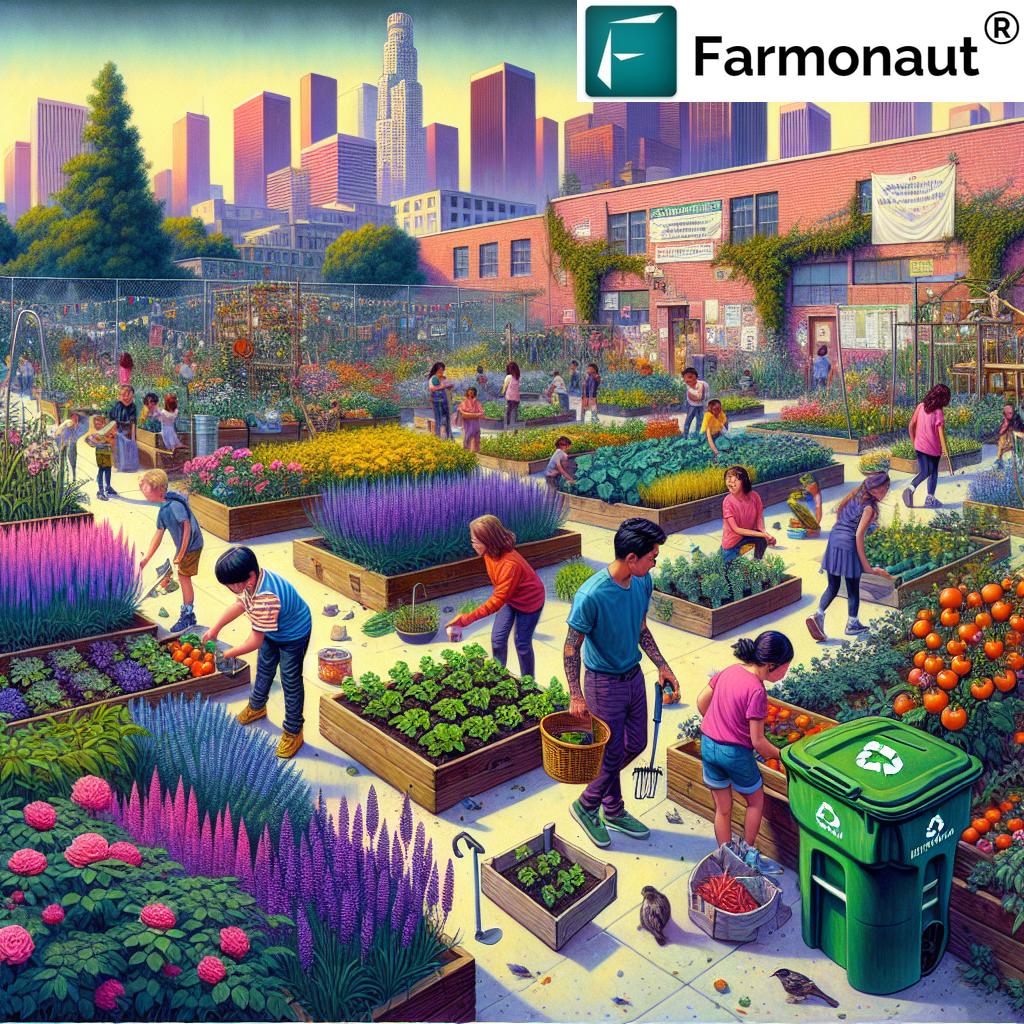
In the face of escalating climate challenges, we are witnessing a remarkable transformation in our educational landscape. Schools and libraries across the United States are stepping up to the plate, embracing innovative climate action projects that are nurturing a new generation of environmental stewards. Today, we’ll explore how three dedicated educators are sowing the seeds of sustainability and empowering students to become active participants in the fight against climate change.
From the bustling streets of New York City to the sun-soaked campuses of Los Angeles, these inspiring initiatives are revolutionizing environmental education for kids. Through hands-on experiences and creative learning approaches, children are developing a deep connection to nature and acquiring the skills needed to tackle our planet’s most pressing environmental issues.
Cultivating Green Thumbs in the Big Apple
Our journey begins in the heart of New York City, where Rose Kelly-Lyons, a youth librarian at the Bronx Library Center, is transforming the library’s children’s department and adjacent outdoor atrium into a thriving urban oasis. With a background in agriculture and a passion for fostering lifelong readers and nature enthusiasts, Kelly-Lyons has crafted a unique program that combines literacy with hands-on gardening experiences.
“We started going out in the atrium last year with the seedlings that we planted, and stayed out there from the spring all the way through the end of November,” Kelly-Lyons explains. “Being in a fairly food-insecure neighborhood, the kids benefit from learning the whole growing process from seed to plant, and are able to replicate this at home.”
From Tiny Tots to Teens: A Community Garden for All Ages
The beauty of Kelly-Lyons’ program lies in its inclusivity. From toddlers accompanied by caregivers to teenagers and even parents and grandparents, the library’s urban gardening for children initiative welcomes participants of all ages. Together, they learn essential gardening skills, including:
- Preparing garden beds
- Transferring and planting seedlings
- Proper watering techniques
- Safe pruning methods
- Harvesting techniques
But the learning doesn’t stop there. Kelly-Lyons emphasizes the importance of observational skills, encouraging her young gardeners to use all their senses to assess the garden’s needs. “At first, kids with little gardening experience are often scared of the bees and butterflies, and nervous around the ladybugs and jumping spiders,” she notes. “We talk about how they’re only interested in you if you’re a flower, and the need to walk away and give them space.”
This hands-on approach to environmental awareness activities is yielding impressive results. Participants are developing a sense of pride, ownership, and community as they nurture their shared garden. The program also addresses food insecurity by teaching valuable skills that can be applied at home.
Beyond the Garden: Cultivating Environmental Stewards
Kelly-Lyons’ vision extends far beyond simply teaching gardening skills. Her program is designed to foster a deep appreciation for the environment and inspire a new generation of eco-conscious citizens. “It’s one thing to read about lavender, and another to see it bud for the first time, smell it as it’s growing — and you can’t get that from a YouTube video or a Google search,” she explains.
By providing these immersive experiences, Kelly-Lyons is helping children develop a more profound understanding of their food systems, local ecosystems, and the intricate web of life that surrounds them. “I hope that by planting the garden with them that I’m planting a seed in their hearts that they will care more about the world around them,” she says.
From Wildfires to Climate Action: Los Angeles Schools Take the Lead
“Three dedicated educators are spearheading innovative climate action projects in schools and libraries across New York City and Los Angeles.”
As we shift our focus to the West Coast, we find ourselves in the classrooms of Los Angeles, where educators are turning environmental challenges into powerful learning opportunities. Zeena M. Pliska, a veteran teacher in the Los Angeles Public Schools and children’s author, exemplifies this approach with her innovative take on teaching climate change in schools.
When wildfires threatened the Los Angeles area in January, Pliska seized the moment to engage her kindergarten class in a meaningful discussion about climate change and its impacts. “We were all traumatized by the fires,” Pliska recalls. “If you weren’t personally affected, you knew someone who was. The kids wanted to do something.”
Empowering Young Minds: From Climate Anxiety to Climate Action
Pliska’s approach to environmental education is both comprehensive and age-appropriate. Her students can articulate complex concepts such as greenhouse gases and their effects on the Earth’s atmosphere. But more importantly, they’re learning how to channel their concerns into positive action.
When a new student from Pacific Palisades questioned why their school didn’t have a recycling program, Pliska saw an opportunity. She encouraged the student to lead a project in her classroom, sparking a school-wide climate action initiative.
- Students work in small groups to brainstorm and “sketch-note” their ideas
- They research recycling programs and policies
- The class plans to meet with the principal to discuss implementing a school recycling program
- Students learn about contacting elected officials to advocate for environmental initiatives
This hands-on approach to climate action projects for students not only educates children about environmental issues but also empowers them to become active participants in creating solutions. “I want my kindergartners to know that while we have a big problem with climate, there are small steps that we can take to help mitigate it,” Pliska explains.
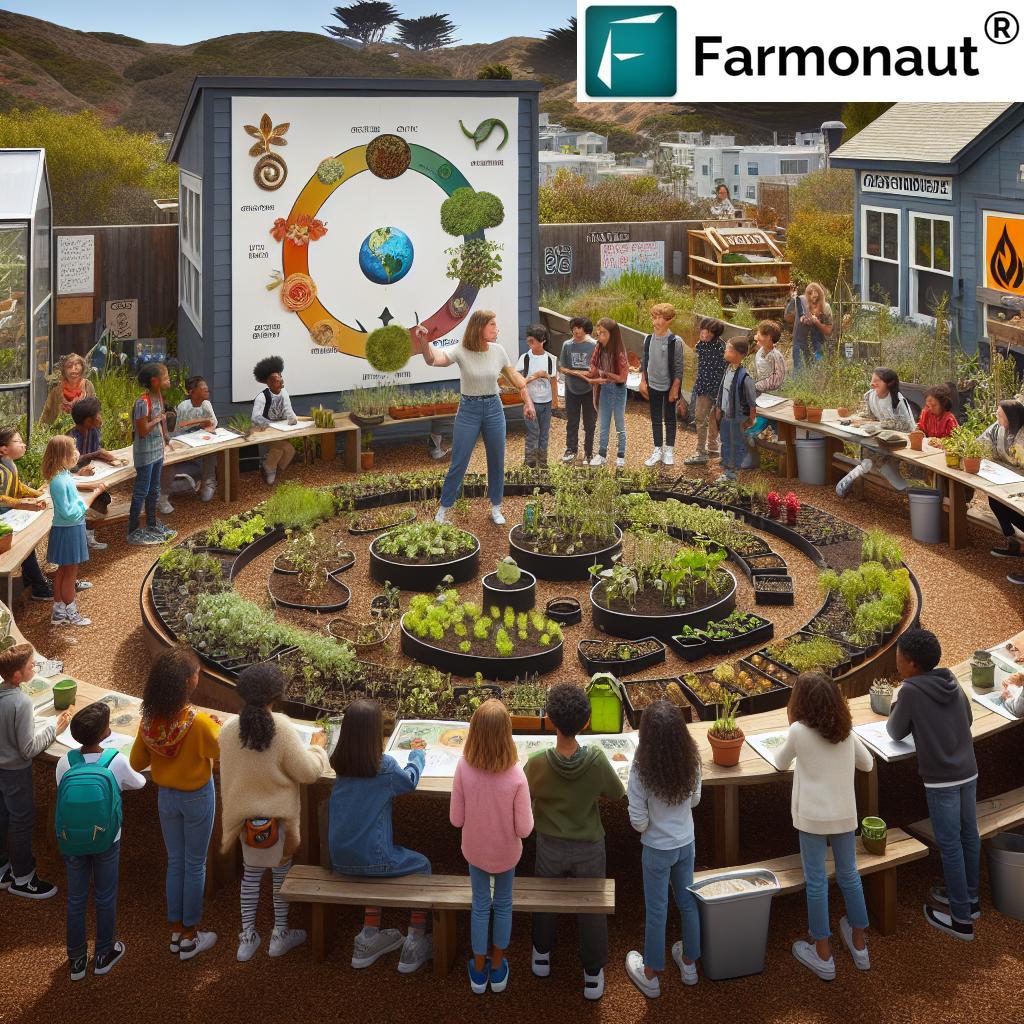
Nurturing Nature Lovers: The Learning Gate Community School Approach
Our final stop takes us to Lutz, Florida, where Jim McGinity is revolutionizing environmental education at the Learning Gate Community School. As a K-5 environmental studies teacher, McGinity has the unique opportunity to integrate environmental awareness into every aspect of the curriculum.
With a sprawling 30-acre campus as his classroom, McGinity takes a hands-on approach to outdoor learning for elementary students. “When I was hired, my principal said, ‘Make sure you take all of the kids outside at least once a week, and get them dirty,'” he recalls. This philosophy forms the foundation of the school’s immersive environmental education program.
A Progressive Approach to Environmental Education
McGinity’s curriculum is carefully tailored to each grade level, ensuring that students build on their knowledge and skills as they progress through the school:
- Kindergarten – 2nd Grade: Focus on awareness and introduction to plants and animals
- 2nd – 3rd Grade: In-depth study of birds and fish
- 4th Grade: Exploration of mammals and trees
- 5th Grade: Year-long focus on insects, including edible insects
This progressive approach allows students to develop a comprehensive understanding of ecosystems and the interconnectedness of all living things. McGinity’s lessons often include unexpected twists, like his fifth-grade lesson on saving the planet by eating bugs, which challenges students to think critically about sustainable food sources.
Beyond the Classroom: Fostering a Lifelong Love for Nature
McGinity’s passion for environmental education extends beyond the school day. As the founder of Florida Avian Conservation and head of the Florida Young Birders Club, he provides additional opportunities for students to engage in bird conservation for young people.
These extracurricular activities allow students to participate in real-world conservation efforts, such as:
- Building and hanging nest boxes for American Kestrels
- Assisting with bird banding to track migration patterns
- Participating in invasive species removal projects
“Being a life-long educator, I know this spark — and I don’t want my K-5 students or teen birders to ever lose it,” McGinity says. “I want to nurture it because we need more champions for the environment in general, and more specifically for birds. Our Earth needs more of them!”
The Impact of Garden-Based Learning and Environmental Education
As we’ve seen through these inspiring examples, school garden programs and environmental education initiatives are having a profound impact on students across the country. These programs are not only teaching valuable skills and knowledge but also fostering a deep connection to nature that can last a lifetime.
Let’s take a closer look at the key benefits of these innovative approaches to environmental education:
- Hands-on Learning: Garden-based education and outdoor classrooms provide tangible, real-world experiences that bring abstract concepts to life.
- Improved Academic Performance: Studies have shown that students engaged in environmental education often perform better in science, math, and language arts.
- Enhanced Critical Thinking: Solving real-world environmental challenges helps students develop problem-solving and analytical skills.
- Increased Environmental Awareness: Students develop a deeper understanding of ecosystems, biodiversity, and the impacts of human activities on the environment.
- Promotion of Healthy Lifestyles: Gardening and outdoor activities encourage physical activity and healthy eating habits.
- Development of Social Skills: Collaborative projects foster teamwork, communication, and leadership skills.
- Emotional Well-being: Time spent in nature has been shown to reduce stress and improve overall mental health.
These benefits underscore the importance of integrating environmental education and garden-based learning into school curricula. By providing students with these experiences, we’re not only preparing them for academic success but also equipping them with the knowledge and passion needed to address the environmental challenges of the future.
Leveraging Technology to Enhance Environmental Education
While hands-on experiences in nature are irreplaceable, technology can play a crucial role in enhancing and expanding environmental education. Innovative tools and platforms can provide students with access to global environmental data, interactive learning experiences, and opportunities to collaborate with peers around the world.
One such platform that’s making waves in the agricultural technology sector is Farmonaut. While primarily focused on precision agriculture for farmers, Farmonaut’s satellite-based monitoring and AI-driven insights offer valuable learning opportunities for students interested in sustainable farming practices and environmental conservation.
For example, Farmonaut’s carbon footprinting feature could be used in educational settings to help students understand the environmental impact of different agricultural practices. This real-world application of technology in environmental monitoring can inspire students to think critically about sustainable resource management and climate change mitigation strategies.
Empowering the Next Generation of Environmental Stewards
As we’ve explored the innovative approaches to environmental education in schools and libraries across the United States, it’s clear that we’re witnessing the emergence of a new generation of environmental champions. From urban gardens in New York City to outdoor classrooms in Florida, these programs are not just teaching facts and figures – they’re instilling a deep sense of environmental responsibility and empowering students to take action.
The success of these initiatives demonstrates the power of experiential learning and the importance of connecting children with nature from an early age. By combining hands-on activities, critical thinking exercises, and real-world problem-solving, educators are preparing students to face the environmental challenges of the future with confidence and creativity.
As we look to the future, it’s crucial that we continue to support and expand these types of programs. By investing in environmental education and providing students with the tools and knowledge they need to become effective environmental stewards, we’re not just shaping individual lives – we’re cultivating a more sustainable and resilient future for our planet.
Environmental Education Initiatives Comparison
| Program Location | Target Age Group | Key Activities | Environmental Focus Areas |
|---|---|---|---|
| New York City Library | Toddlers to Teens | Urban gardening, Seed planting, Harvesting | Plant life cycles, Insect conservation, Food systems |
| Los Angeles Schools | Kindergarten | Recycling initiatives, Climate discussions, Civic engagement | Climate change awareness, Greenhouse gases, Waste management |
| Learning Gate Community School, Florida | K-5 Students | Outdoor classrooms, Bird conservation, Invasive species removal | Ecosystems, Wildlife conservation, Biodiversity |
FAQ: Environmental Education and Garden-Based Learning
Q: Why is environmental education important for children?
A: Environmental education helps children develop a deeper understanding of the natural world, fosters critical thinking skills, and encourages sustainable behaviors from an early age. It also promotes physical activity, improves mental health, and can enhance academic performance across various subjects.
Q: How can schools implement garden-based learning programs?
A: Schools can start by allocating a small outdoor space for a garden, integrating gardening activities into existing curricula, partnering with local environmental organizations, and providing training for teachers. Even small container gardens can be effective for teaching about plant life cycles and ecosystems.
Q: What are some challenges in implementing environmental education programs?
A: Common challenges include limited funding, lack of outdoor space in urban areas, time constraints within existing curricula, and the need for teacher training. However, creative solutions like partnerships with local organizations and integrating environmental topics into various subjects can help overcome these obstacles.
Q: How can parents support environmental education at home?
A: Parents can encourage outdoor exploration, start a small home garden, participate in local conservation activities, and discuss environmental issues with their children. Reading books about nature and watching educational documentaries can also supplement school-based learning.
Q: What career opportunities can environmental education lead to?
A: Environmental education can inspire students to pursue careers in fields such as environmental science, conservation biology, sustainable agriculture, renewable energy, environmental policy, and green technology. It also develops transferable skills valuable in many professions.
Conclusion: Nurturing a Sustainable Future
As we’ve explored the innovative environmental education initiatives in Los Angeles schools and beyond, it’s clear that garden-based learning and hands-on environmental activities are powerful tools for cultivating the next generation of climate champions. These programs not only teach valuable skills and knowledge but also instill a deep sense of connection to the natural world and a commitment to environmental stewardship.
By embracing these approaches to environmental education, we’re not just preparing students for academic success – we’re equipping them with the tools, knowledge, and passion needed to tackle the complex environmental challenges of the future. As educators, parents, and community members, it’s our responsibility to support and expand these initiatives, ensuring that every child has the opportunity to develop a meaningful relationship with nature and contribute to a more sustainable world.
Let’s continue to nurture these seeds of change, knowing that the environmental champions we’re inspiring today will be the leaders shaping a greener, more sustainable tomorrow.
Earn With Farmonaut: Affiliate Program
Earn 20% recurring commission with Farmonaut’s affiliate program by sharing your promo code and helping farmers save 10%. Onboard 10 Elite farmers monthly to earn a minimum of $148,000 annually—start now and grow your income!


